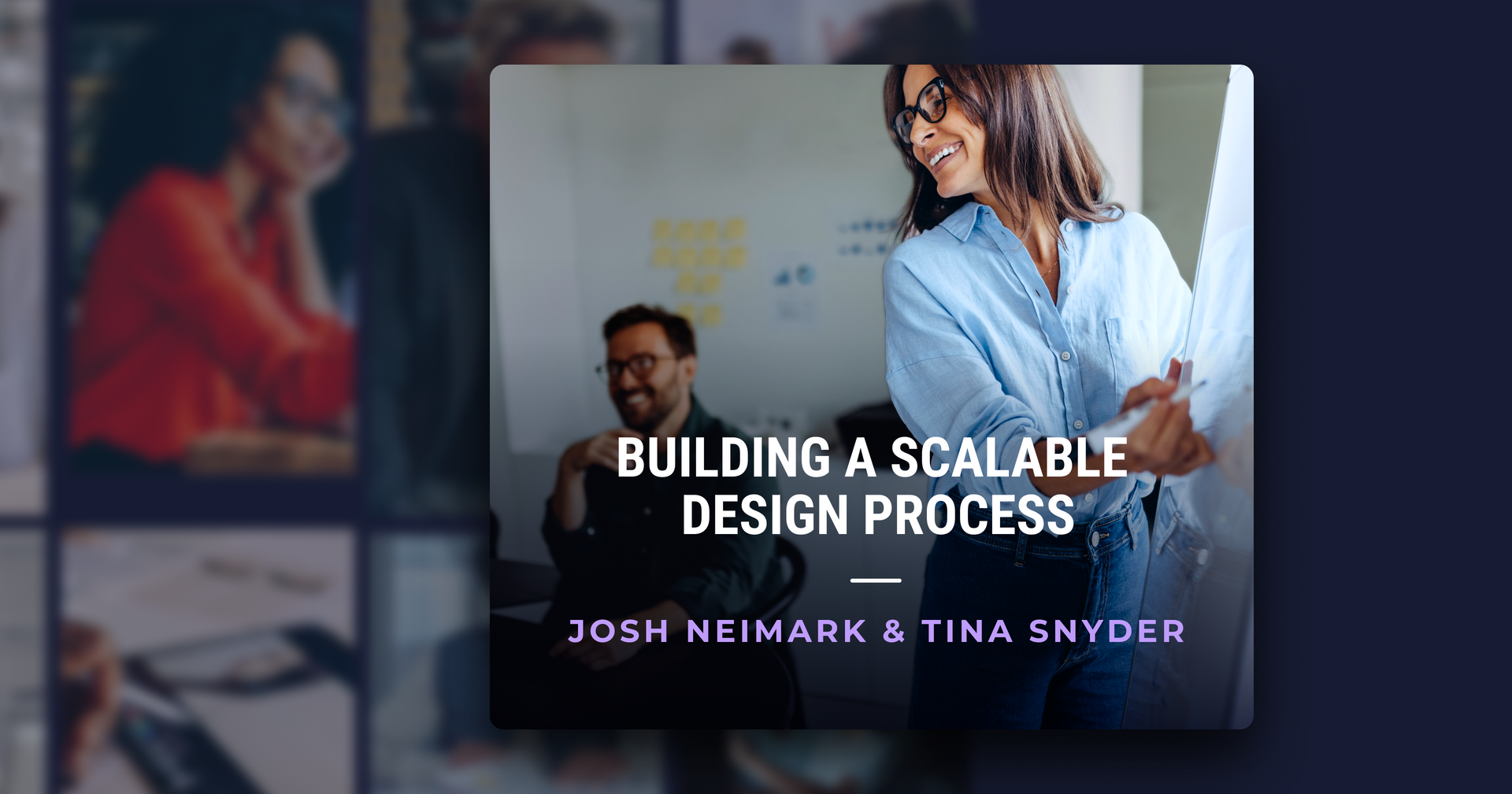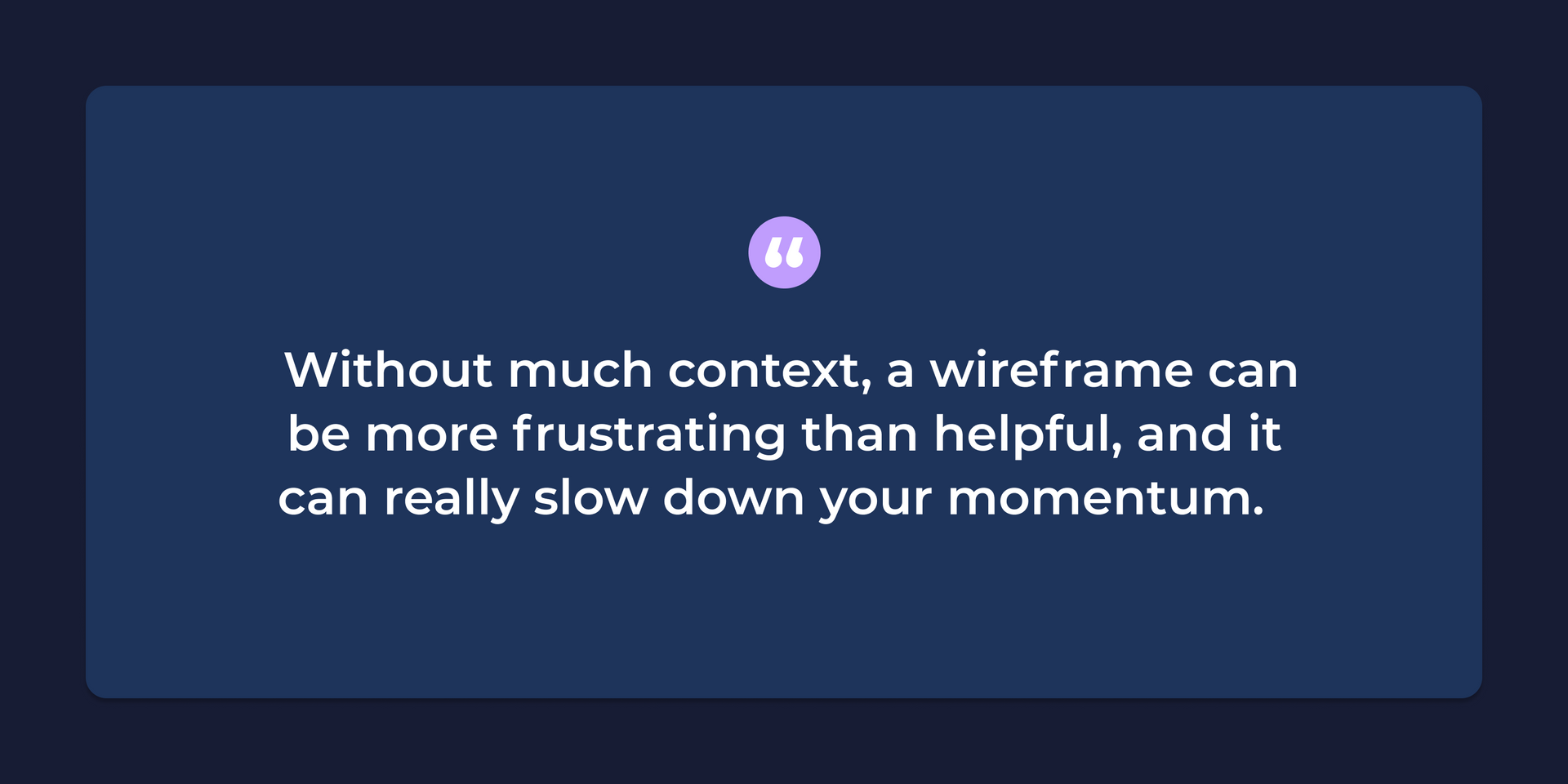This blog post was written by
Josh Neimark, Co-founder and CEO of
Fix8 Media, and
Tina Snyder, Operations Director at Fix8 Media. The Fix8 team has built over 750 websites for their retail and fulfillment clients on the Duda platform.
Translating your client’s vision into the website of their dreams is no easy task. It requires a systematic approach to capturing the client’s needs, goals, and even their personalities to create a website that will truly delight them–and more importantly, solve their problems and use cases.
At Fix8 Media, we’ve honed our design process over the years to run like a well-oiled machine to create stunning, high performing websites for our clients at scale. Our process is built on a system of checks and balances to ensure we deliver quality and efficiency in every project.
Here, we share our process step-by-step–as well as the lessons we’ve learned along the way. Keep in mind, however, that the design process for each agency will be as unique as the clients they serve. This is just one example to inspire you on your journey!
1. Getting to know a prospective client
Our journey with a client typically begins when they reach out to us. This could be through a referral, organic search, or an inquiry submitted on our website. Our website is optimized for SEO, and organic search traffic drives a large volume of our web visits. When a visitor fills out a form on our website, we initiate our CRM funnel using a tool called
Dubsado.
We then review the details of the inquiry and reach out to the potential client with the goal of setting up a consult. During the consult, Josh or Tina take the time to get to know the client and their vision for the project. Based on the details gathered on this initial consultation, we put together a proposal in Dubsado for the scope of work. Oftentimes, it’s based on one of the packages we offer, and it always contains our estimate for the work, payment terms, and service agreement. Signing the proposal triggers the project agreement invoice and contract.
2. Client onboarding and intake process
After a client signs the contract and makes the project agreement payment, they are officially onboarded. We get the client set up on
Basecamp (the tool we use for project management) and share a personal welcome video from Josh. We also provide a
Content Snare intake form for the client to complete. We ask them to consider things like:
- Links to websites they like, with brief explanations why
- The same for websites they don’t like
- A description of their target audience
This intake form guides the client to share their vision for what they want to achieve with their website. However, each client comes with a different level of clarity around what they want out of their website. Some will come with a website that they want to redesign. Others are starting from scratch. Every once in a while, when we’re working with an agency partner to build a site for their client, we’ll get a Figma file, content, etc. all buttoned up and ready to go–but this is somewhat of a unicorn!
However, we still take each client through the same process, whether they come to the table with a clear vision or are just getting started. That’s because once we get to designing the actual site, there will be things the client hadn’t thought of yet. For example, as we share prototypes, they may find that there are new components they like (say for example, a rotating testimonial component) that they hadn’t considered yet.
3. The project kickoff meeting
Once the intake form is complete, we schedule a project kickoff Google Meet for the client with Josh and our client services team. This is where we really get into the details about what they want to achieve with their website. We ask them to bring examples of sites they like and don’t like. What elements do they love? What bothers them about the sites they don’t like? What drives them away from these sites? We do a lot of listening because it can be difficult for clients to articulate what they do and don’t like about website designs. We’re also taking thorough design notes during this meeting that will be shared with the designers in the next step.
Sounds pretty standard so far? After this point is where our process might surprise you.
4. Designing and prototyping the site
You might expect the next step to be wireframes. Many agencies will put together a wireframe for each major page type, but this can be really difficult for clients to review. Without much context, a wireframe can be more frustrating than helpful, and it can really slow down your momentum.
We’ve also found that after the project kick-off, the client is itching and ready to go. So at Fix8 Media, we move forward immediately with prototyping. Josh or a member of our client services team will record a video direction for the prototype and then hand that off to the lead designer on the project to get started. Details will include target audience, overall feel of the aesthetic, and guidelines for the style of images, color palette, and font to be used.
From there the designer puts together the prototype, which includes everything from overall aesthetic to typography to page layouts. We include a few different layout styles for the client to consider, and the process takes about 2 weeks total.
The speed that we’re able to create these prototypes is thanks in part to the web building platform that we use. With
Duda, we can spin up prototype sites in record time–and even edit them on the fly during the design review meeting (which we’ll get into in the next section).
Once Josh has reviewed the prototypes from the designer, he’ll give the designer some feedback first. Yes, no, let’s try this or that, etc. When we’re happy with the prototype, Josh will create a Loom video walking the client through the prototype and styling options. We ask the client to take a few days to review this internally. We instruct them to focus just on desktop presentation for now. There’s no need for them to spend time on the mobile and tablet styling until the design is locked in.
5. The design review meeting
Sending the client a video overview of the prototype makes a huge difference to the efficiency of this process. A lot of agencies will go into a design review with a client after weeks of working on the design, and then present the prototypes face to face–finally pulling back the curtain. With this approach, the client just doesn’t have the time to really process what they’re seeing. They don’t have time to put thought into their feedback, which makes it difficult to have a productive meeting that is a good use of everyone’s time.
By adding a video review step, we’ve found that the clients have time to collect their thoughts and come to the design review meeting well prepared to discuss what’s working and not working about the designs. This allows us to use the design review meeting to work in collaboration with the client to achieve the best results. Keep in mind we don’t like to make decisions for our clients. We like to make them with our clients. And this process allows us to do that–seamlessly.
With the Duda platform, the designer can also easily make changes to the prototype live during the design review meeting, so we can test things out on the fly throughout the conversation. This allows us to build the site dynamically in collaboration with our clients, and really make the most of the hour of time we’re spending together.
6. Revision and iteration
After the design review, we dive into the rest of the revisions, which usually take 3-4 days. We’ll send it back to the client, and 80% of the time we can implement the rest of the changes without requiring another meeting. The remaining 20% of cases are usually much more complex projects that incorporate external data; these may require a couple more interactions and meetings to finalize the design.
For a standard 10-page website project in our shop (our Starter or Full Monty Packages), the time from project kick off meeting to design approval takes about 2-3 weeks. We then spend about 2-3 more weeks flowing in the client’s content and formatting, including SEO when applicable.
7. QA and testing
When the website is signed off, we move forward with our quality assurance (QA) and testing process. And we test everything–from the favicon to the URLs–on every device and every page. We also assign a different designer to QA and test the website (not the same person who created the original design). This fresh set of eyes makes it easier to catch those small details that you become blind to when you’ve spent a lot of time working on the same design.
We also firmly believe that every project needs to be looked at from two perspectives:
technical analysis (i.e. is there a favicon?) and a
fundamental analysis (i.e. why is the text not centered?). Looking at the site from these two different lenses, each and every time, allows us to comprehensively confirm the quality of every site we build.
As a website production company, we’re constantly juggling multiple projects. Our designers don’t work on 1-2 jobs; instead, they work on 8-12 projects at a time. This works because the projects are at different phases. For some projects, they might be focusing on the design, and for others, they are QA and testing. As a result, the design team always has a variety of work throughout the week.
Lessons Learned
1. Clarify what type of clients you’re looking for—and understand their needs
In developing our design process, we’ve really honed in on the type of client we’re looking for. For one, we look for clients who want to work with us and respect our work. We also look for clients who want to collaborate with us, who we can work with live and also have serious conversations and pushback when needed. And we’ve put processes in place to ensure we give the client opportunities to share their goals and visions for their websites. All of these are key to collaboration and building sites that get results.
2. Invest in the right people and empower them to succeed
Another thing we’ve learned is how important it is to invest in the right people. For example, we’ve recently hired a Client Services Lead to work closely with Josh and Tina, learn from them, and participate in the day-to-day management of Fix8. This is key as we continue to grow, and the directors need to offload some of the management responsibilities to capable team members so they can focus on business strategy and opportunities.
3. Focus on Your uniqueness
Finally, we touched on this at the beginning, but it can’t be stressed enough that each agency is unique. Your clients are unique, so lean into that. You don’t have to be like everyone else. This all goes back to understanding who your ideal client is and the unique value that you can offer them.
Closing thoughts
Our design process is a unique and ever-evolving approach that has been built on collaboration, processes, efficiency, and a keen understanding of our clients' needs. With Duda, we've managed to scale our model and deliver high-quality, custom website designs to our clients.









